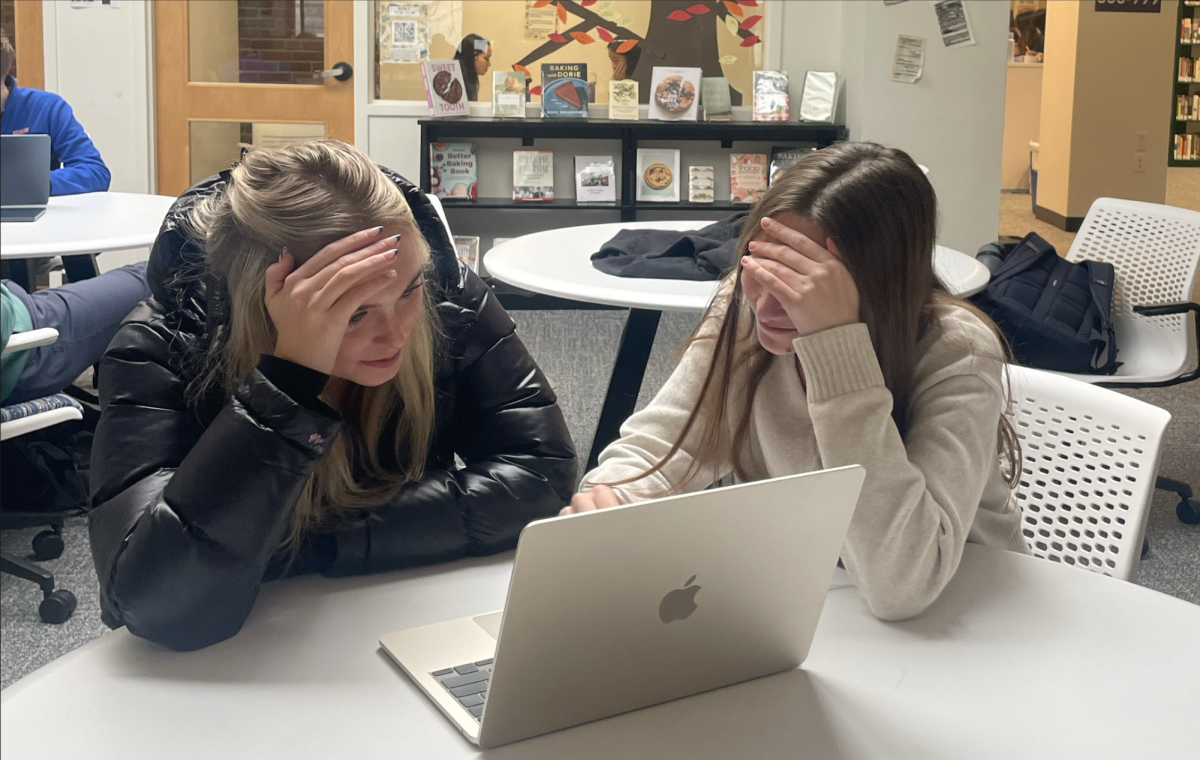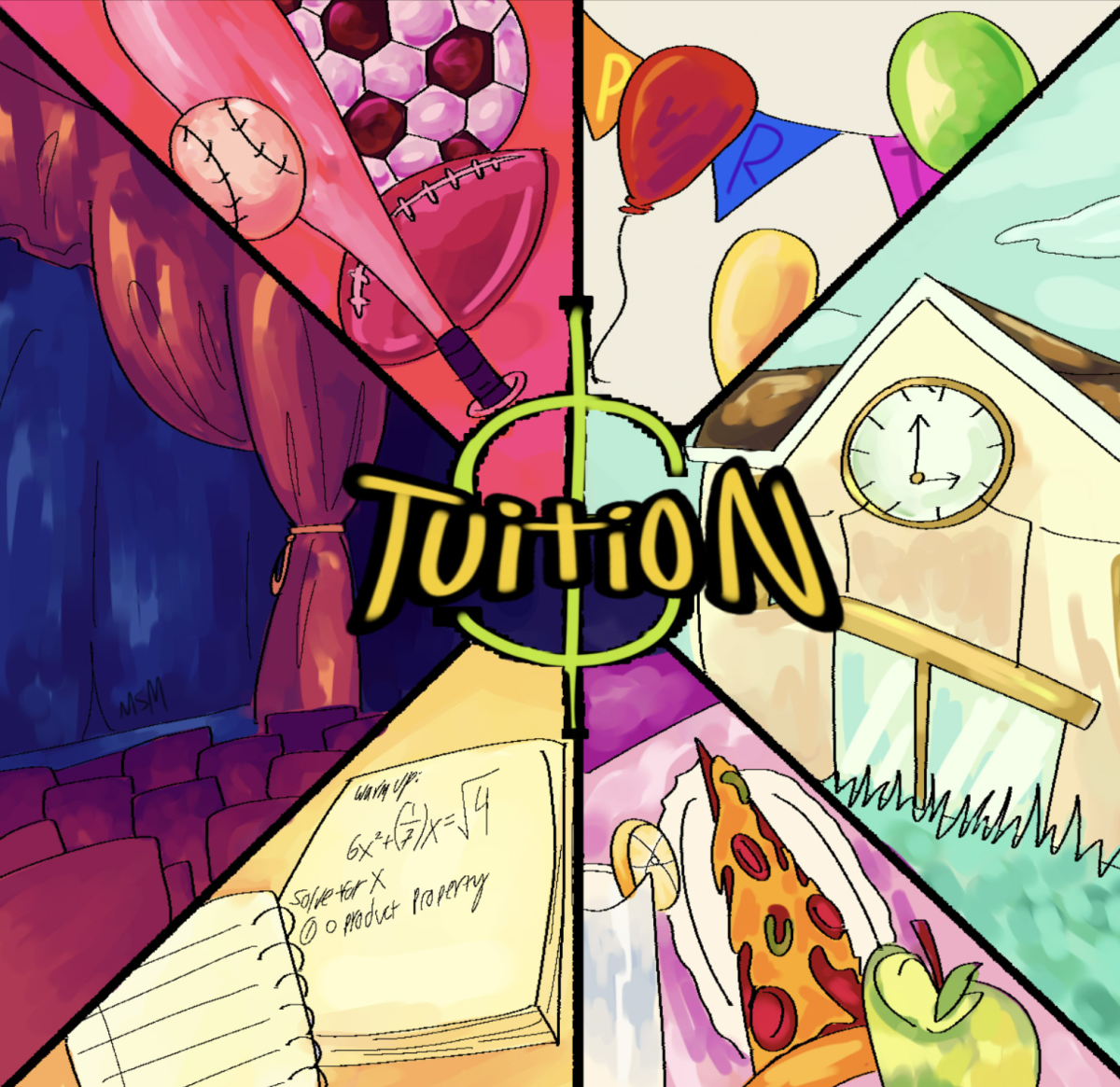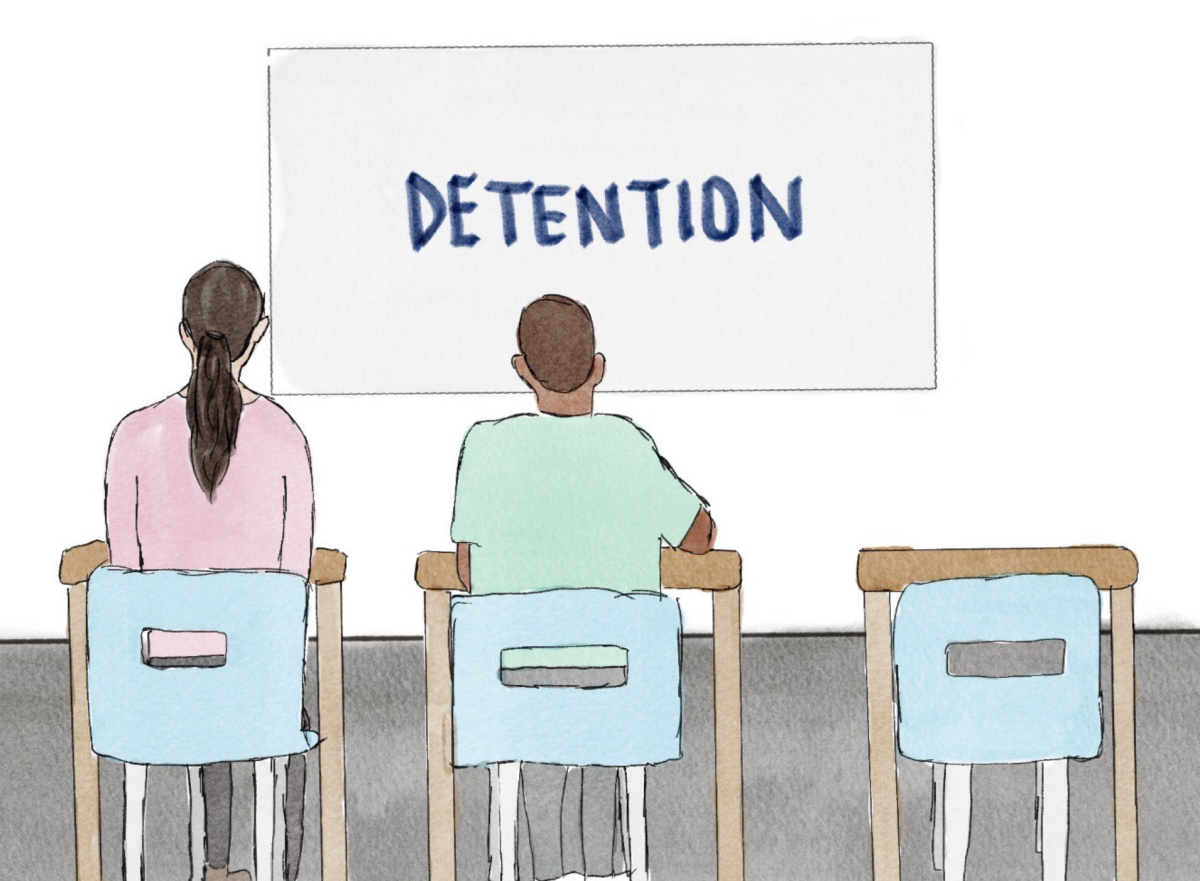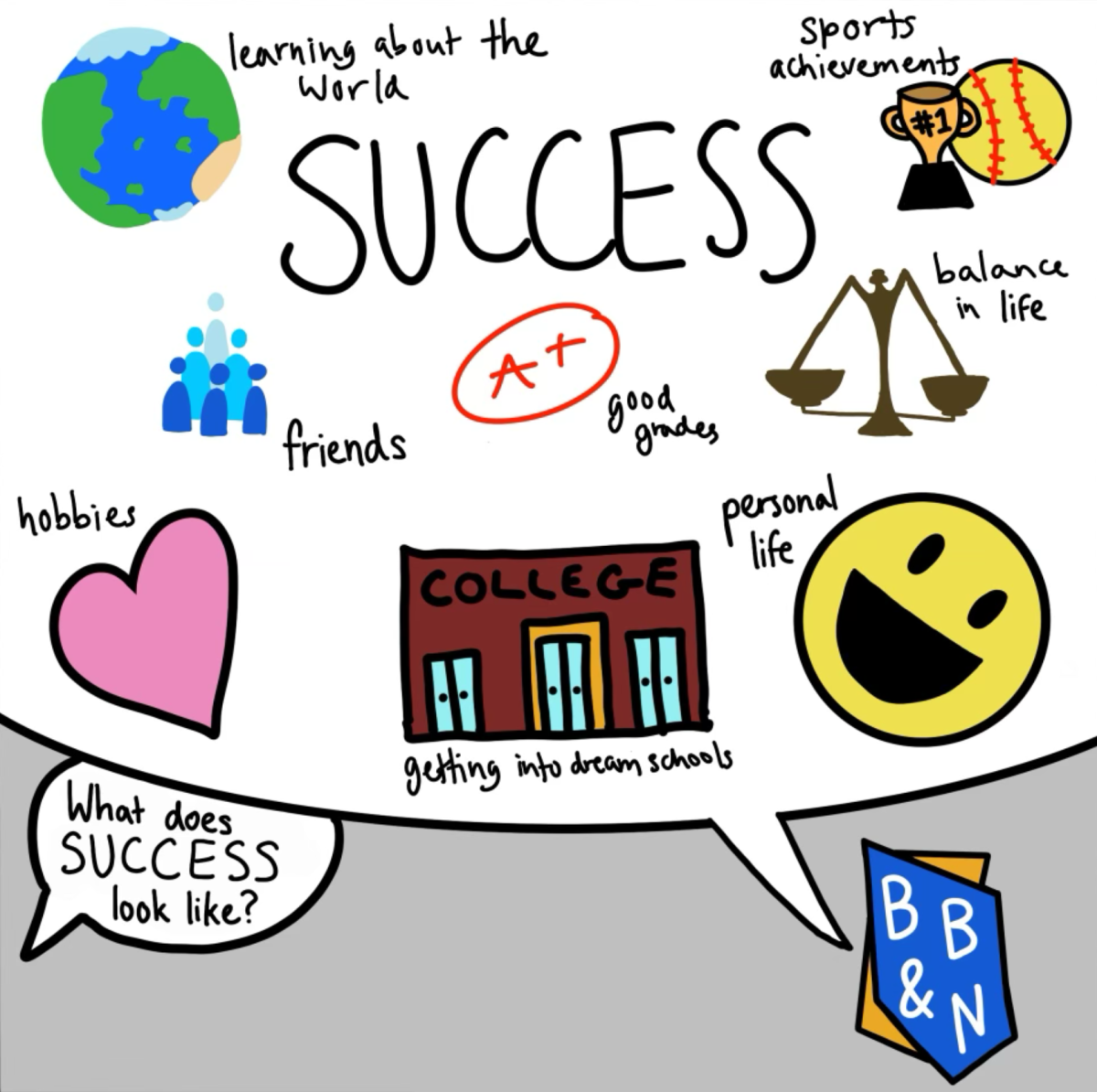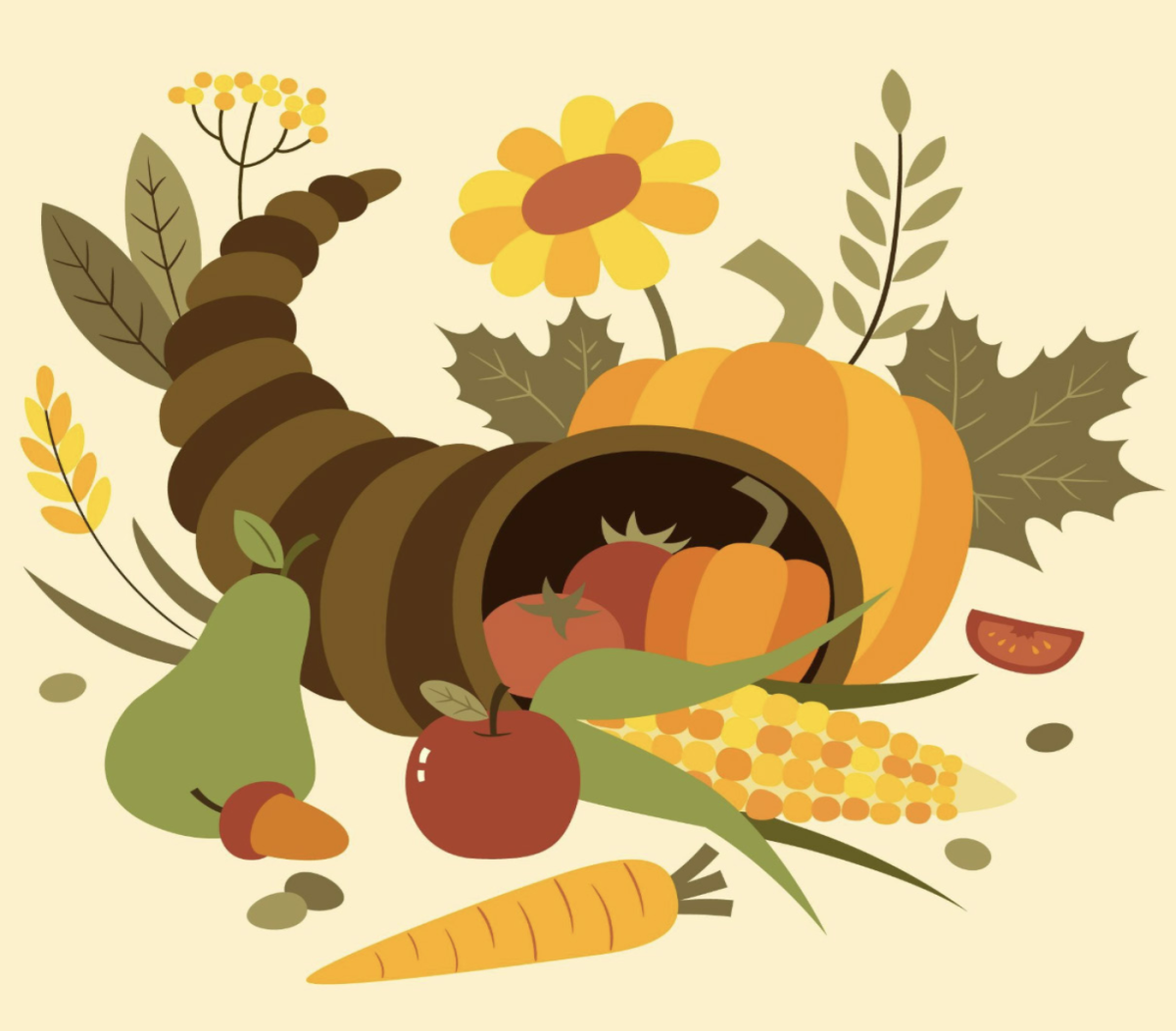I have always felt fiction is the path to a deeper and more complex understanding of the world around us. A new world of expression opens up for a fiction writer in a way it does not when crafting nonfiction. But while certain groups of people easily find themselves represented in fiction (think upper-class Europeans), for others, the continuous and perpetual silencing they have experienced means their stories are not well represented, making those keys difficult to find in media.
The Indigenous people of America have been denied access to selfexpression through media, particularly literature, on both a national and international level. Oppression and racial prejudice have reduced their ability to share personal experiences, rendering Indigenous literature a precious find. For this reason, “House Made of Dawn” by N. Scott Momaday is a particularly important book. The 1969 Pulitzer Prize winner is so strong because of its thorough and rare insight into Momaday’s experiences as an Indigenous person in the United States, and how his different cultural identities intersected and contradicted the ideal “American” culture he witnessed in places like Los Angeles.
Momaday begins by grounding us in the Southwestern Indigenous cultures he grew up with, building to the complex emotional human expression provided later on. The title “House Made of Dawn” comes from a Navajo chant, and the novel begins and ends with words that usually mark the beginning of the oral stories originating in Jemez. Right from the beginning, Momaday declares the significance of the novel as a truly cultural text. When in the New Mexico town, Abel, the protagonist of the novel, participates in many Native traditions, such as running races. Momaday uses his personal knowledge of Native tradition in order to center his novel around the traditions of his ancestors. The novel itself could even be interpreted as a new version of the long-standing oral traditions of Native tribes. Through reading such an introspective piece, I learned about a culture I previously knew nothing about, providing me with another key to reach a deeper understanding of the oppression and censorship that Indigenous people have faced in America.
Due to Momaday’s expert expression of the Indigenous experience through his protagonist, Abel, I was able to collect yet another key to further understanding. Describing Abel as a mixture of the boys that he grew up with—boys kept down by the clash of cultures and discrimination they experienced in their America—Momaday created a character that represents an unfortunately-common reality for Indigenous people living in the Southwestern United States.
Momaday, and Abel, felt unsure of who they were as the world they lived in did not accept their identity. To demonstrate this confusing experience, Momaday crafts a difficult-to-understand and hazy narrative within Abel’s tumultuous story. This effective narrative style gives readers a sense of the disorienting lived experience for Indigenous people. The narrative creates an undoubtedly difficult read, and I often found myself needing to read passages twice or even three times to understand the plot. However, each time I was forced to spend more time with a section, I was able to comprehend the depth and strength of the identity conflict within Abel. “House Made of Dawn” is not powerful because of an action-packed, roller coaster plot; instead, it is powerful due to the window it provides into the soul and identity of both Abel and Momaday.
In a skillful and powerful manner, “House Made of Dawn” provides insight into stories and experiences that I, as a white person growing up in the northeastern United States, was wholly unaware of. Momaday also introduces cultures that I again, knew nothing about before reading the novel and encouraged me through his work to learn more about the Southwestern Indigenous cultures he grounds the novel in because of how intrigued I was by the novel.
I did not go into “House Made of Dawn” expecting to broaden my perspective, but I would have grabbed it off the shelf even quicker if I had known what doors its content would open for me. I hope that readers of this column will also be interested in the prospect of opening their eyes to the unique experiences and cultures of communities living within the country we call home.

